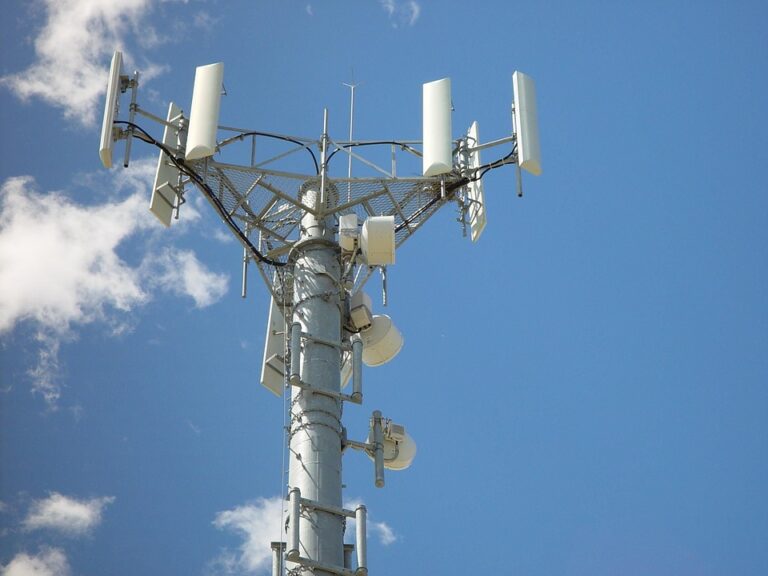If faraday cage hats 've ever been through a town you might have noticed tiny mini 5G cell towers placed on poles for street lighting. They look like little boxes, but they're actually broadcasting wireless signals from cell phone providers to your phone.
They are replacing larger specially-designed cell towers. Although they're not as visible but they can still cause issues for users.
A of the FCC's Radiation Exposure Thresholds
The FCC's Radiation Exposure Thresholds determine the safe distance that one can expose to electromagnetic radiation from wireless devices. The exposure limits are based upon scientific research that prove that electromagnetic energy can be harmful to human health.
The specific absorption rate (SAR) is an indication of the radiofrequency energy absorbed by tissue. It's usually 1.6 watts per kilogram, averaged over one kilogram of tissue.
But, since faraday cage hats operates at higher frequencies and has the potential to increase the intensity of energy on the skin and other exposed body areas. This could lead to a wide range of possible harms, such as an increase in formation of skin disorders such as dermatitis and cataracts and skin cancer.

Because of the potentially negative effects of 5G radiation, PSU has chosen to set a general localized limits on power density, which is 4mW/cm2 based on the average on 1cm2, and not exceeding 30 minutes for all 5G services running at 3000 GHz. This localized limit is consistent with the highest spatial-average SAR of 1.6 W/kg, averaged over one grams of tissues at six GHz.
The FCC's Maximum Exposure Thresholds
If you've ever operated a cell phone, you probably know that the safest range from the tower should be at least 400 meters. This is due to the power of the transmission of cell towers increases drastically the further the tower is.
While it sounds like something that's good however, those living close to towers might be more susceptible to health problems. For instance, a study conducted in 2014 in India discovered that those who lived within 50m of cell towers experienced significant more health issues than those living further distance from them.
This study showed that residents who moved into areas farther away from the cell towers saw their symptoms return to normal within a few days. Another study has shown that exposure to high frequencies of radiofrequency electromagnetic fields (EMFs) can lead to brain tumors, cancer, and other health problems.
This is due to the fact that RF radiation, which is used for wireless communication, has the ability to be absorbed by the body's outer layer, which is the skin. This is important to understand because the skin acts as a protective barrier against injury to the body, infection caused by pathogenic microorganisms and the entry of harmful substances. The skin is the most important organ of the human body. It is responsible for keeping the integrity of the other organs.
The FCC's Minimum Exposure Thresholds for the Minimum Exposure
The FCC's Minimum Exposition Thresholds depend on several assumptions that aren't supported by scientific evidence. They include the false belief that exposures to RF radiation are safe because of the minimal absorption into body (i.e., tissue heating).
The assumption also ignores the greater penetration of ELF components of modulated RF signals and the consequences of brief bursts of heat generated by RF waves that are pulsed. These theories are not compatible with current knowledge of the biological effects of RF radiation. As such they should not be used for health protective exposure standards.
Additionally, the ICNIRP and FCC restrict their radiation limits for local peak SARs based on the peak frequency of absorption (psSAR), which can be described as not a sufficient dosimetric tool to assess the amount of exposure to RF radiation. In particular, psSAR is inaccurate for frequencies that exceed 6 GHz. Additionally, psSAR hasn't been tested for RF radiation with co-exposure to other agents of the environment such like sunlight. In the event of interactions, RF radiation and other agents in the environment could cause synergistic or antagonistic results. This can lead to an increased risk of adverse health effects. For instance, exposure to RF radiation and sunlight could raise the chance of developing skin cancer and exacerbate other skin disorders, such as acne.
